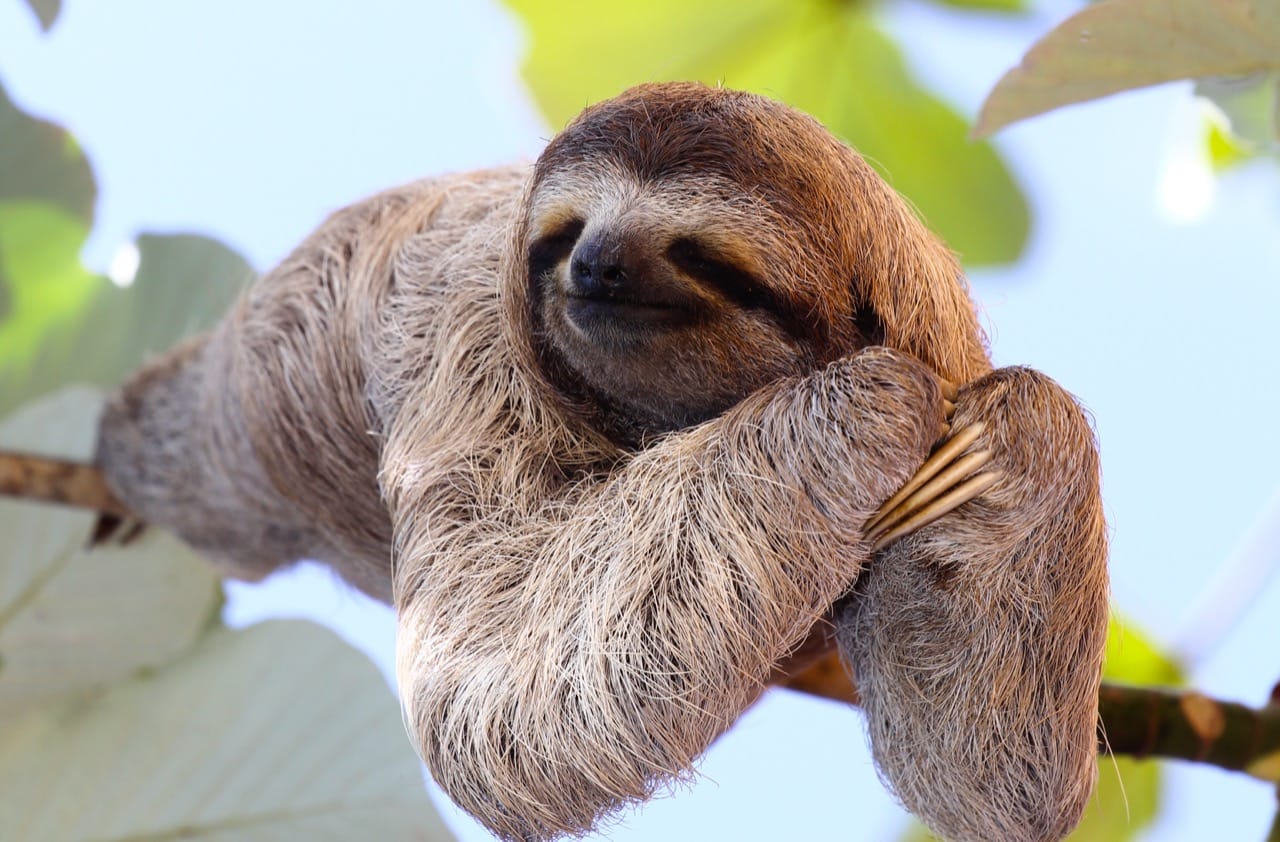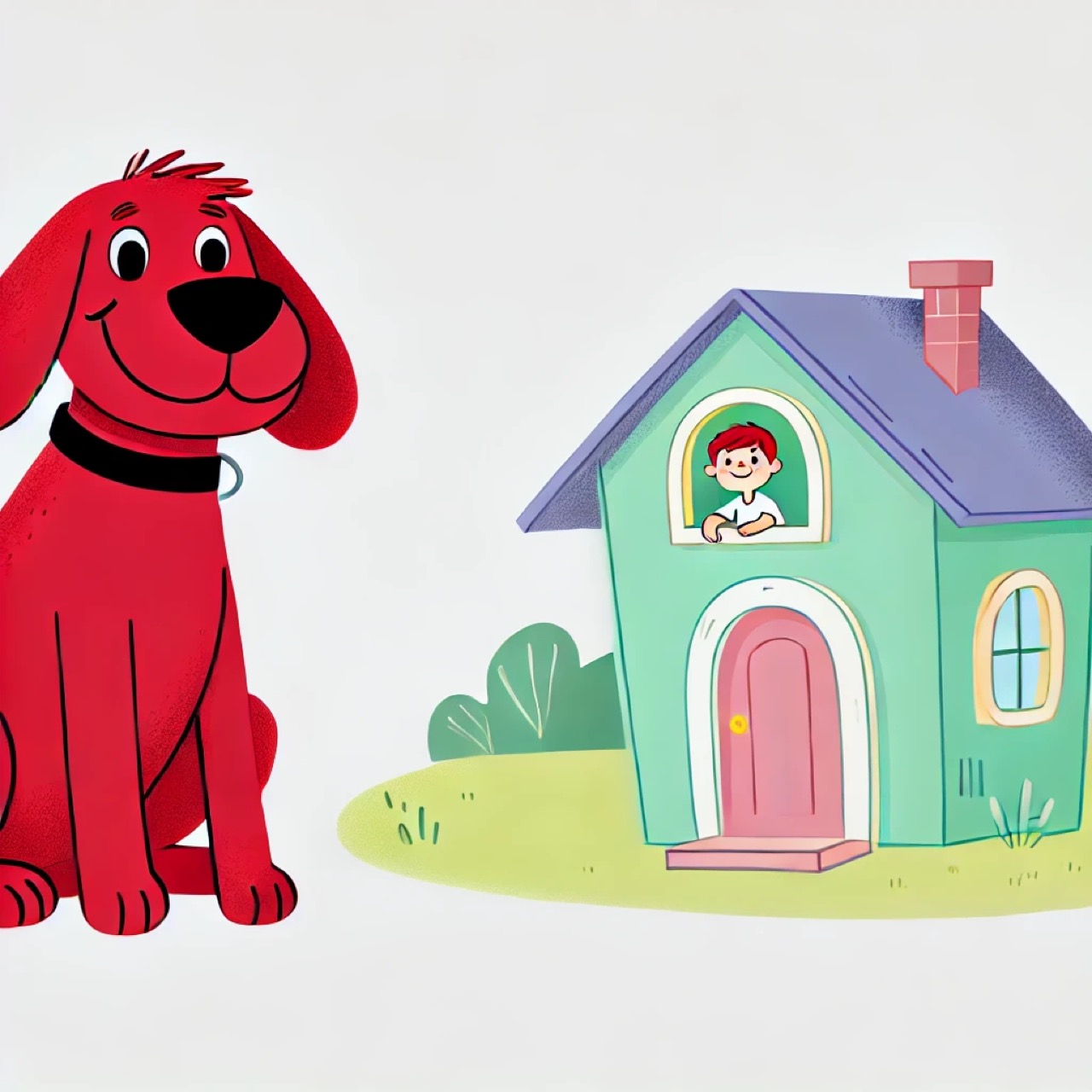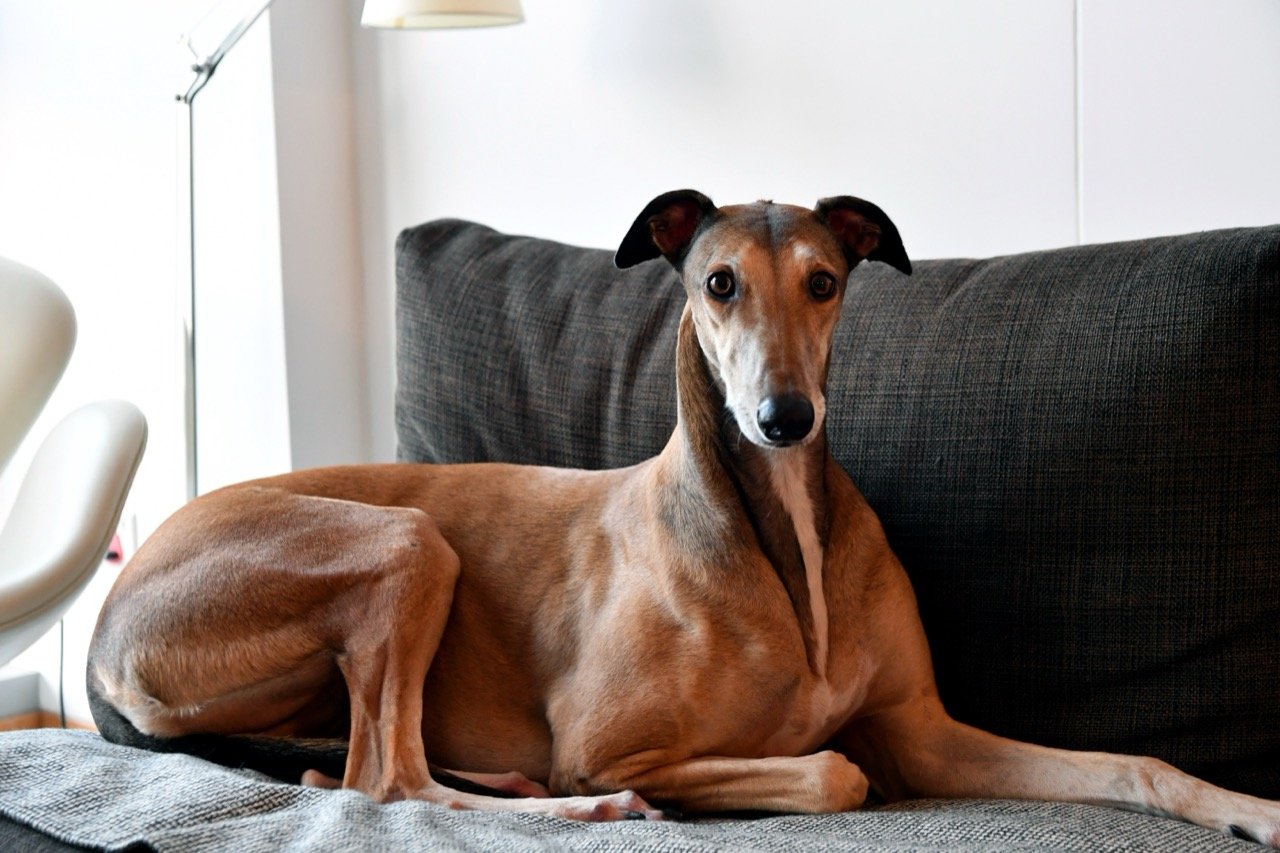
In the lush canopies of the tropical rainforests of Central and South America, amidst the symphony of birdcalls and the rustling of leaves, dwells a creature that embodies the essence of tranquility and the art of slow living. The sloth, with its leisurely pace and seemingly perpetual smile, invites us into a world where haste is unheard of and every movement is a meditation. This enigmatic mammal, often seen hanging from tree branches with an almost Zen-like demeanor, has fascinated humans for centuries, becoming a symbol of both lethargy and the wisdom of taking life at one's own pace. As we embark on this leisurely journey through the world of sloths, here's a fascinating piece of trivia to ponder: Sloths are the only mammals whose hair grows in the opposite direction from all others, parting on their belly and growing towards their back, an adaptation that allows rainwater to drain away while they hang upside down.

Origins: A Slow March Through Time
The story of the sloth is one that stretches back millions of years, to a time when their ancestors roamed the earth, some as large as elephants. Today's sloths belong to two families: the two-toed sloths (Choloepus spp.) and the three-toed sloths (Bradypus spp.), each adapted to life in the treetops but following distinctly different evolutionary paths. Fossil records show that ancient sloths were not the tree-dwellers we know today but roamed the ground, only taking to the trees as the continents and climates changed. This shift to arboreal life has shaped every aspect of the sloth's physiology and behavior, making them a fascinating study in adaptation and survival.
The Anatomy of Leisure: Physical Characteristics
Observing a sloth, one is immediately struck by their unique physical characteristics, tailored perfectly to a life spent among the treetops. With their long limbs and hooked claws, sloths are adept at hanging from branches, a task they perform with such ease that they can sleep in this position. Their fur, a habitat in itself, hosts a variety of symbiotic organisms, including algae, which lends them a greenish tint that camouflages them within the canopy. Sloths possess a set of stubby, peg-like teeth that continuously grow, suited to their diet of leaves, and their digestive process is so slow that it can take a month to digest a single meal.
A Canopy Kingdom: Habitat
Sloths are found in the dense rainforests of Central and South America, where the canopy provides not only an abundant food supply but also protection from predators. These forests, rich in biodiversity, offer sloths everything they need, from the leaves that make up their diet to the branches that cradle them as they sleep. The sloth's existence is so intricately tied to these treetop realms that they seldom descend to the ground, doing so mainly to defecate or move to a new tree when necessary, a vulnerable journey they undertake only about once a week.
The Gourmet of Leaves: Feeding Habits
The sloth's diet is as unhurried as its lifestyle, consisting primarily of leaves, twigs, and buds. This herbivorous diet is low in nutrients and hard to digest, a challenge the sloth meets with a stomach that has multiple compartments, where symbiotic bacteria break down the cellulose. This slow digestion process means that sloths have a low metabolic rate and energy level, which in turn dictates their leisurely pace of life. Despite their slow movements, sloths are selective feeders, often choosing specific types of leaves, demonstrating a discernment that belies their sluggish reputation.
A Life in Slow Motion: Behaviour
Sloths are solitary creatures, spending most of their lives alone, hanging from branches in a state of restful vigilance. Their movements are deliberate and measured, conserving energy for the essential tasks of feeding and, occasionally, mating. This energy-efficient lifestyle is crucial for their survival, allowing them to thrive on a diet that would be inadequate for a more active mammal. The sloth's slow movements also make them difficult to spot for predators, a passive defense mechanism as effective as it is unique. Interestingly, sloths are excellent swimmers, a trait that allows them to traverse rivers and swamps in their arboreal habitats.
The Cycle of Life: Reproduction and Lifespan
Sloth reproduction is a reflection of their overall approach to life: unhurried and infrequent. Females give birth to a single offspring after a gestation period that can last up to six months for three-toed sloths and around 10 months for two-toed sloths. The young are born fully furred, eyes open, and with claws ready to cling to their mother's fur. Mother sloths are attentive, carrying their young for months until they are able to fend for themselves. Sloths can live up to 20 years in the wild, a longevity that is remarkable for such seemingly fragile creatures.
Shadows in the Treetops: Natural Predators and Threats
Despite their camouflage and slow-moving nature, sloths have natural predators, including jaguars, eagles, and large snakes. However, the greatest threats to their survival come from habitat destruction, deforestation, and the impacts of climate change on tropical forests. The fragmentation of their habitats makes it increasingly difficult for sloths to find food and mates, threatening their future. Conservation efforts are underway to protect sloth populations and their habitats, emphasizing the importance of preserving the biodiversity of tropical rainforests.

The Sloth's Legacy: Conservation and Curiosity
Sloths have captured the human imagination, becoming symbols of a life lived at one's own pace, in harmony with the natural world. Their relaxed demeanor and seemingly contented faces remind us of the value of slowing down and the beauty of a life less hurried. Conservation efforts are crucial to ensure that sloths continue to thrive in their natural habitats, serving as ambassadors for the rainforests and the myriad species that call these environments home.
The sloth's existence, characterized by patience, adaptation, and a gentle tenacity, offers lessons in the art of living and the importance of conservation. As we strive to protect these remarkable creatures and the forests they inhabit, we are reminded of the interconnectedness of all life and the responsibility we share in preserving the natural world for future generations. The sloth, with its slow grace and quiet endurance, stands as a testament to the wonders of evolution and the enduring allure of nature's deliberate dreamers.




.jpeg)




